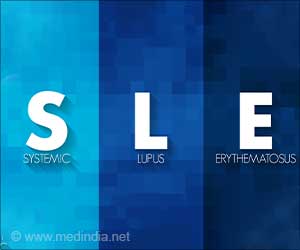A new imaging technique has made it possible to study why proteins associated with Alzheimer's and Parkinson's diseases may go from harmless to toxic.

TOP INSIGHT
New super-resolution techniques have allowed researchers to study why proteins associated with Alzheimer's and Parkinson's diseases may go from harmless to toxic.
The researchers, from the University of Cambridge, have studied how a phenomenon called hydrophobicity (lack of affinity for water) in the proteins amyloid-beta and alpha synuclein - which are associated with Alzheimer's and Parkinson's respectively - changes as they stick together. It had been hypothesized that there was a link between the hydrophobicity and toxicity of these proteins, but this is the first time it has been possible to image hydrophobicity at such high resolution. Details are reported in the journal Nature Communications.
"These proteins start out in a relatively harmless form, but when they clump together, something important changes," said Dr. Steven Lee from Cambridge's Department of Chemistry, the study's senior author. "But using conventional imaging techniques, it hasn't been possible to see what's going on at the molecular level."
"There's something special about oligomers, and we want to know what it is," said Lee. "We've developed new tools that will help us answer these questions."
When using conventional microscopy techniques, physics makes it impossible to zoom in past a certain point. Essentially, there is an innate blurriness to light, so anything below a certain size will appear as a blurry blob when viewed through an optical microscope, simply because light waves spread when they are focused on such a tiny spot. Amyloid fibrils and oligomers are smaller than this limit so it's very difficult to directly visualise what is going on.
Lee and his colleagues have taken super-resolution techniques one step further, and are now able to not only determine the location of a molecule, but also the environmental properties of single molecules simultaneously.
Source-Eurekalert
 MEDINDIA
MEDINDIA




 Email
Email







